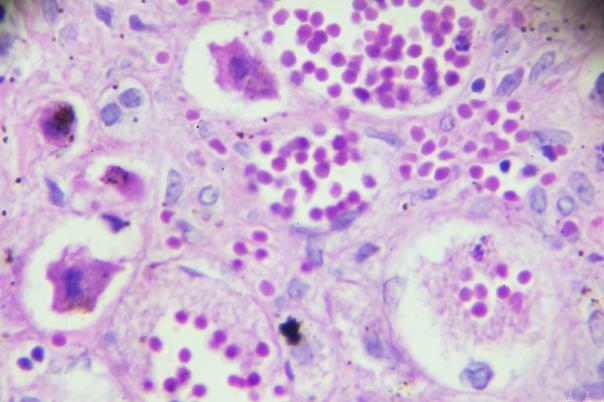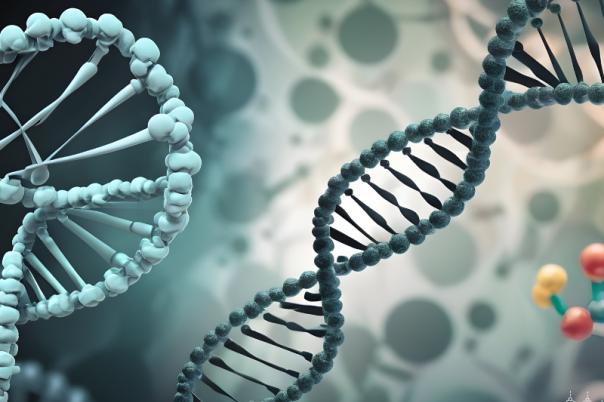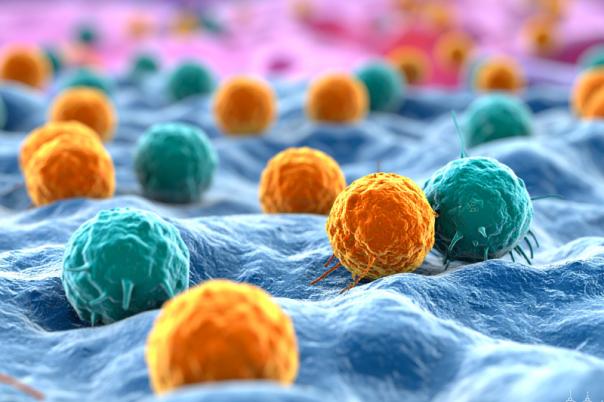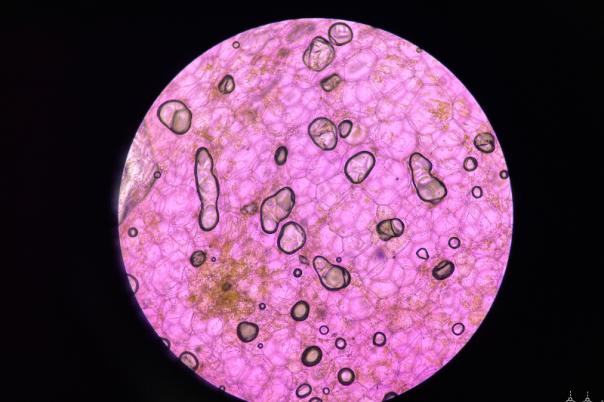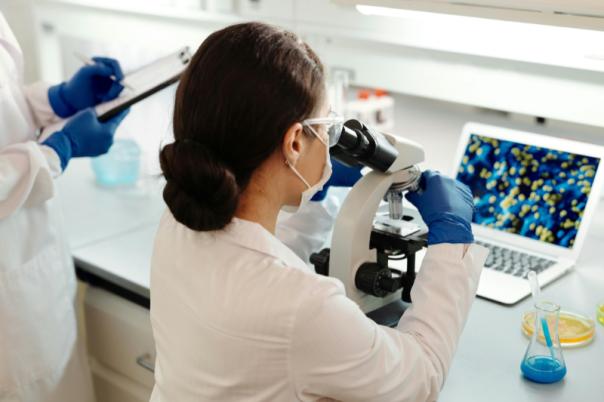Stephen Wong, Department Chair & Centre Director & Professor at Houston Methodist Hospital & Cornell Medical College explained that although spatial intelligence has been around for a long time, it is only recently being used in medicine. He urged the audience to apply both spatial intelligence and biomedicine to study spatial biology data and move beyond traditional methods.
To kick things off, he presented a case study on cell-cell communication modelling in Alzheimer's disease. He examined different regions of the human brain and interactions between different cell types such as astrocytes and microglia. Ligand receptor pairs were identified and then validated through pathway analysis and shRNA knockdown experiments. Wong highlighted the identification of novel crosstalk between different cell types and stressed the need to leverage spatial data to prioritize pathways for drug discovery.
Next, Wong demonstrated how large language models (LLMs) can prioritise biological pathways and drug targets more effectively than human experts alone. He posited that AI could complement human reasoning in biomedical research, rather than oppose one another.
An unbiased large-scale study on immune cells made use of the GeoMx and CosMx tools to study and sequence immune cells inside and outside plaques. The results found that immune cells inside plaques showed altered function and increased PD1/PD-L1 expression. Another study in early-stage bone metastasis models used Ripley’s K function (a statistical function) to analyse the 3D spatial relationships between tumour cells and mesenchymal stem cells. The closeness of specific cell types was linked to tumour activation, supporting a spatially driven hypothesis of metastasis initiation.
To sum up, Wong presented a compelling argument for integrating spatial biology with AI to reshape how we understand disease, discover drugs, and interpret complex biological systems.

